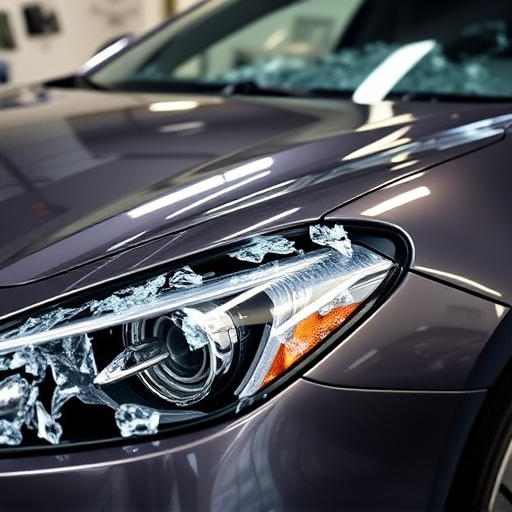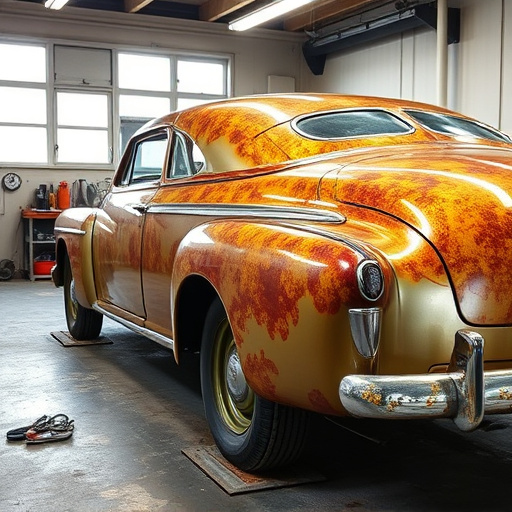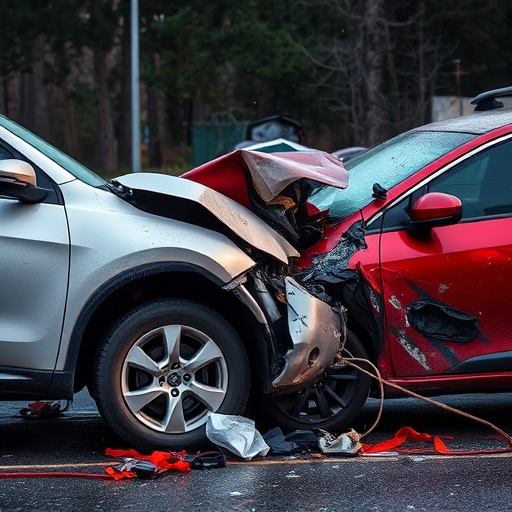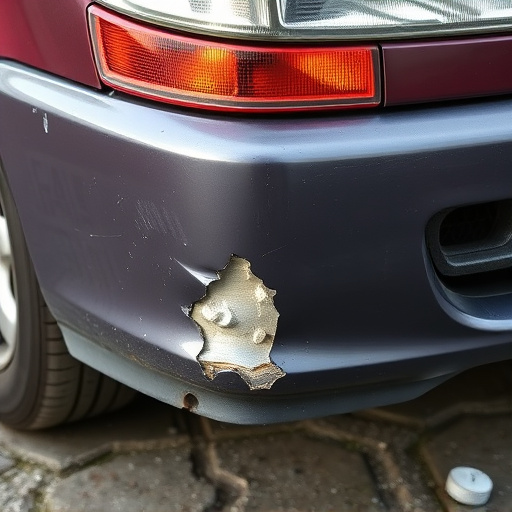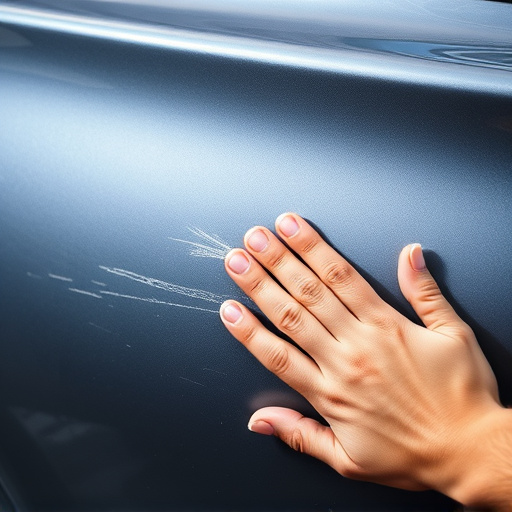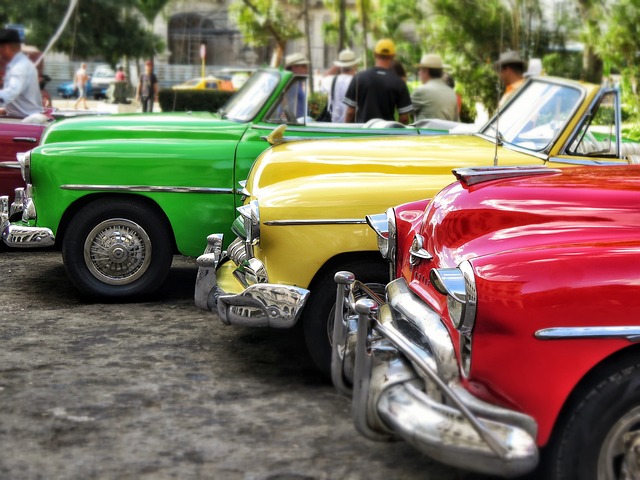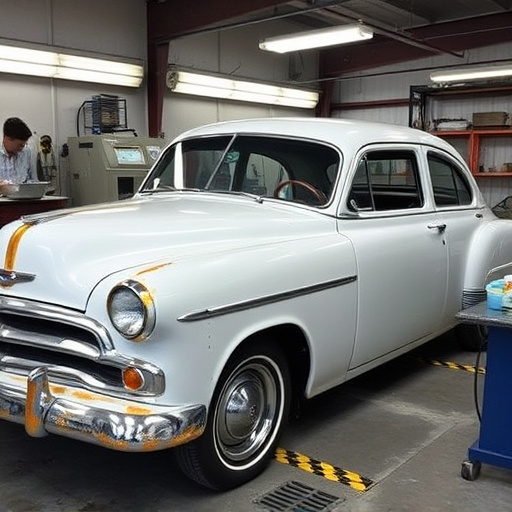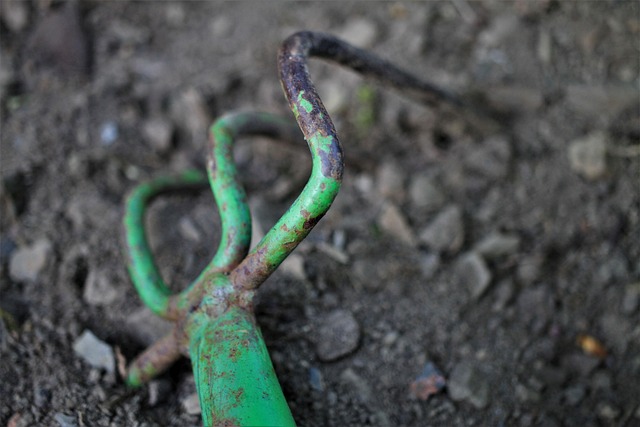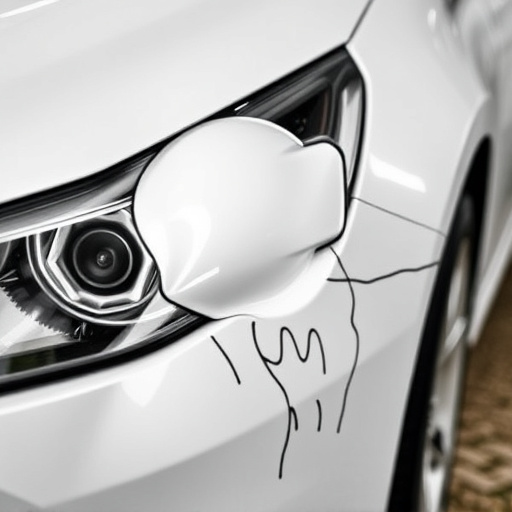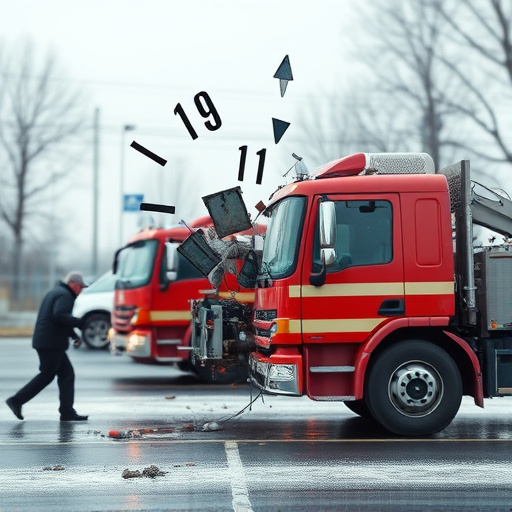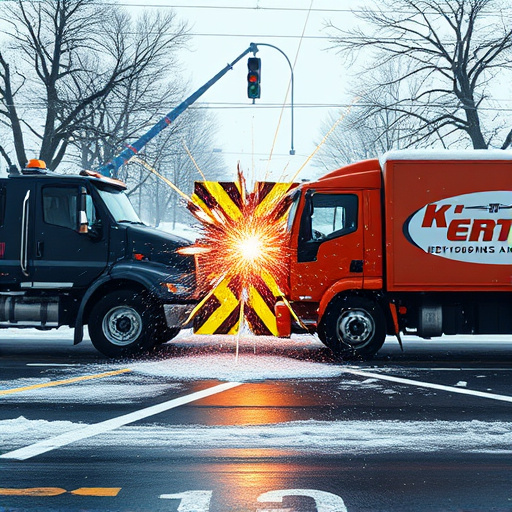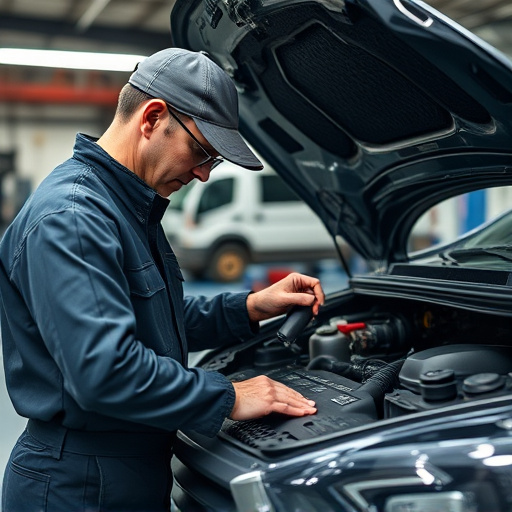In vintage vehicle collision restoration, meticulous damage assessment prioritizes aesthetic and historical preservation, including documentation and digitizing service histories, ownership records, repair notes, photos, and plans for long-term protection against loss or damage. This ensures that both visible and hidden damages are addressed, preserving the vehicle's authenticity and historical context.
Restoring historical records after a vintage vehicle collision requires careful navigation. This article offers invaluable tips for preserving these irreplaceable treasures. We’ll guide you through assessing damage, prioritizing items for preservation, and securing documentation during disassembly. Additionally, discover the benefits of creating digital archives for long-term safeguard against potential losses or future restorations.
- Assess Damage: Prioritize Items for Preservation
- Secure Documentation: Protect Records During Disassembly
- Create Digital Archives: Safeguard Information Long-Term
Assess Damage: Prioritize Items for Preservation

After a vintage vehicle collision, assessing the damage is the first step in any restoration process. This careful evaluation involves examining every detail, from exterior dents and scratches to internal components that might have been affected. Prioritizing items for preservation requires a nuanced approach, considering both aesthetic value and historical significance.
Focus on identifying parts that carry cultural or sentimental weight, ensuring they are properly documented and preserved. In the case of a fender bender or collision center work, it’s easy to overlook smaller, seemingly insignificant pieces. However, these elements can contribute significantly to the overall character and authenticity of the vehicle.
Secure Documentation: Protect Records During Disassembly
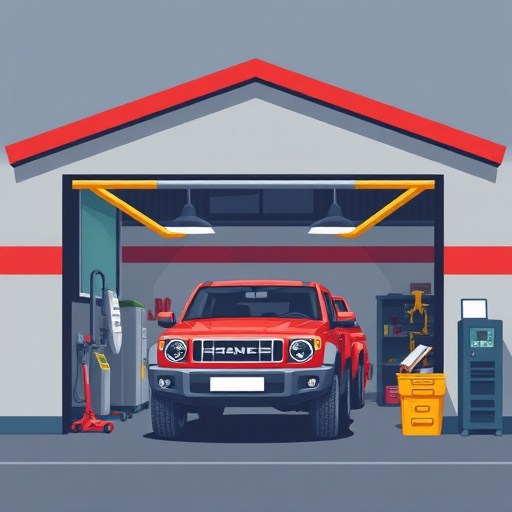
During restoration work, especially after a vintage vehicle collision, securing documentation is paramount. Before disassembling any parts, it’s crucial to create a detailed inventory of all records and documents associated with the vehicle. This includes service histories, ownership records, and any notes on previous repairs or modifications. Each piece of paper should be carefully cataloged and stored in secure, acid-free envelopes or folders.
Protecting these records during disassembly involves using appropriate storage solutions that prevent damage from dust, moisture, or pests. Acid-free boxes or containers ensure the documents remain intact and legible for years to come. Additionally, consider digitalizing important paperwork for backup purposes. Scanning and storing these files electronically can provide an extra layer of protection against loss or damage during the intense process of vehicle restoration and car damage repair.
Create Digital Archives: Safeguard Information Long-Term
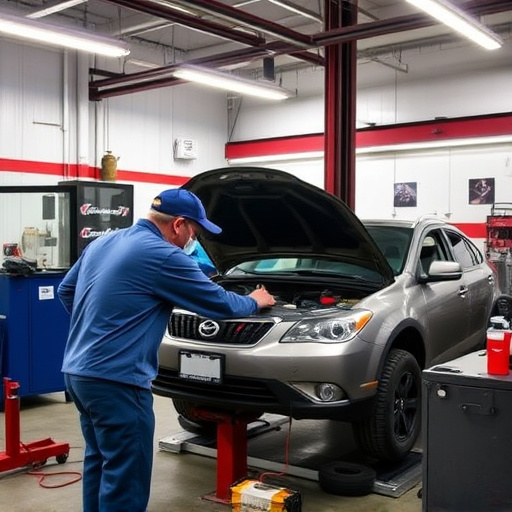
In the aftermath of a vintage vehicle collision, one of the most effective strategies for maintaining historical records is to create digital archives. By digitizing important documents, photographs, and even restoration plans, you ensure that this valuable history is preserved long-term. This method offers unparalleled accessibility; digital archives can be easily searched, shared, and backed up, safeguarding against loss or damage that might occur during physical storage.
Furthermore, leveraging modern technology for archival purposes facilitates efficient organization and retrieval of data related to Mercedes Benz repair, car body repair, or any other auto repair services involved in the restoration process. This digital approach not only preserves the past but also serves as a valuable resource for future reference, ensuring that the intricate details and nuances of each vintage vehicle’s journey are captured and protected for generations to come.
Maintaining historical records during restoration work, especially after a vintage vehicle collision, requires careful assessment, secure documentation, and long-term digital archiving. By prioritizing items for preservation, protecting records during disassembly, and creating digital archives, restorers can ensure that valuable historical data is safeguarded for future generations. These practices not only preserve the past but also enable a deeper understanding of our cultural heritage.

